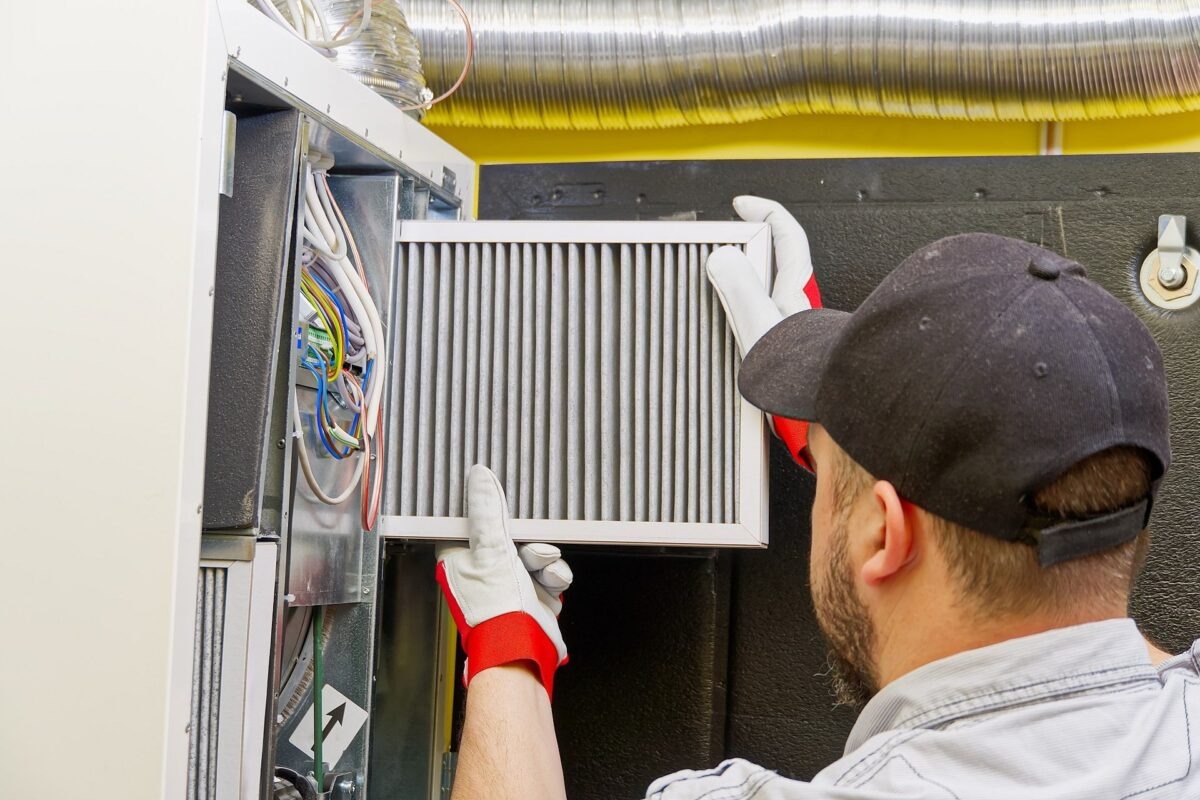Installing a window air conditioning unit may seem straightforward, but several common mistakes can reduce its efficiency and lifespan. One of the most frequent errors is improper placement. Selecting a window that receives direct sunlight for much of the day forces the unit to work harder to cool the room, increasing energy consumption and wear. Ideally, choose a shaded window or install an awning to minimize sun exposure. Additionally, ensuring the unit fits snugly within the window frame is crucial. Gaps around the AC allow warm air and insects inside while letting cooled air escape, undermining performance and comfort.
Another mistake involves neglecting proper support for the window ac unit units are heavy, often requiring brackets or additional reinforcement outside the window frame to prevent it from falling or causing damage over time. Relying solely on the window sill without securing adequate support risks accidents and structural harm to your home.
Failing to level the air conditioner during installation also affects functionality. Most units need a slight tilt toward the outside to allow condensed water drainage properly. Installing it perfectly horizontal or tilted inward can cause water leakage into your room, damaging walls and furniture.
Ignoring manufacturer instructions is another pitfall many encounter when installing these systems themselves. Each model has specific requirements regarding electrical connections, clearance space around vents for airflow, and mounting procedures that ensure optimal operation and safety compliance. Skipping these guidelines may void warranties or lead to inefficient cooling performance.
Electrical issues frequently arise when homeowners overlook power needs before installation. Window AC units require dedicated outlets with appropriate voltage ratings; plugging them into overloaded circuits increases fire risk or causes frequent tripping of breakers during peak use times.
Furthermore, sealing gaps after installation should not be overlooked as this step prevents drafts while improving insulation efficiency around edges where foam strips or weatherstrips are typically used.
Lastly, neglecting routine maintenance post-installation diminishes system effectiveness regardless of how well it was initially installed. Regular cleaning of filters ensures better airflow and reduces strain on components while extending service life significantly.
By avoiding these common mistakes-such as poor placement in direct sunlight, inadequate support structures, improper leveling for drainage, ignoring manufacturer guidelines including electrical specifications-and ensuring thorough sealing plus ongoing maintenance users can enjoy reliable cooling comfort throughout hot seasons without unnecessary expenses or hazards associated with faulty installations.

